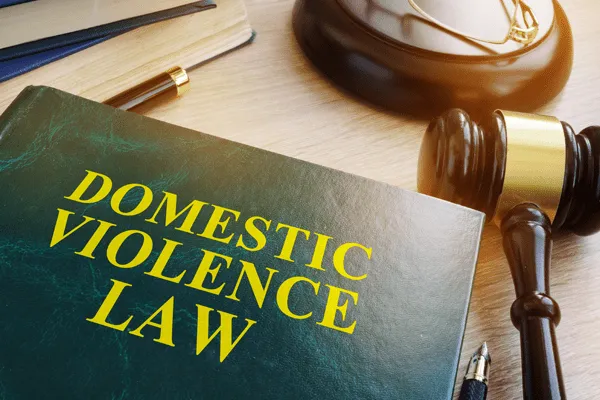Co-Parenting with a No-Contact Order
A no-contact order is typically put in place by the courts in domestic violence cases. Co-parents can use TalkingParents in these situations.
- 2 min read
- custody
- family law

No-contact orders versus restraining orders
In family law, a no-contact order prohibits a person from physically or verbally interacting with another person. A no-contact order is slightly different from a restraining order in that it’s issued when some other legal action has already been filed against the defendant, such as a domestic abuse charge.
A restraining order can be issued even if no other formal charges have been filed against a defendant, as a sort of preventative measure. Restraining orders are sometimes also called protective orders.

Why are no-contact orders necessary?
A no-contact order is commonly issued in cases of domestic violence when one party does not feel safe in the other party’s presence. A no-contact order will specify terms outlining how many feet or yards individuals must stay from one another, as well as means of communication that are not allowed by the defendant, including telephone, text messages, emails, or social media contact.
Tools that make co-parenting with a no-contact order easier
If the no-contact order is between you and your child’s other parent, it makes co-parenting extremely challenging. Usually, however, the courts will specify ways in which the defendant can maintain contact regarding matters that concern only the kids.
One of the most common alternative means of communication is a service like TalkingParents. TalkingParents is secure and provides Unalterable Records of all communication between parents, so all actions taken within the platform are documented. For co-parents with a no-contact order, TalkingParents offers a safe way to communicate about crucial information regarding the children without ever seeing each other or sharing personal information like phone numbers and email addresses.
Another option for co-parents with a no-contact order is to use a third-party to gather information from both parents who will work with you to make decisions about your child. However, this option can be significantly more costly.
Usually, if there is a no-contact order in place, you will exchange the children in a neutral location, often with a third-party witness present. Co-parenting with a no-contact order will require a very specific parenting plan to be in place with the courts.
How long does a no-contact order last?
A no-contact order is only temporary, as it’s typically part of a pending criminal case against the defendant. A no-contact order expires when the sentencing period is finished in a criminal case, or if the case is dismissed or the defendant is found not guilty.
A no-contact order may be extended by the judge during the sentencing phase if the defendant is put on probation or parole. Violating a no-contact order can result in possible jail time, the payment of fines, or the loss of certain civil rights.
There are other options such as restraining orders and protective orders if you do not feel safe, or if you think your children are unsafe in their other parent’s presence. It’s critical that you consult with an experienced family law attorney in these types of high-conflict parenting situations.